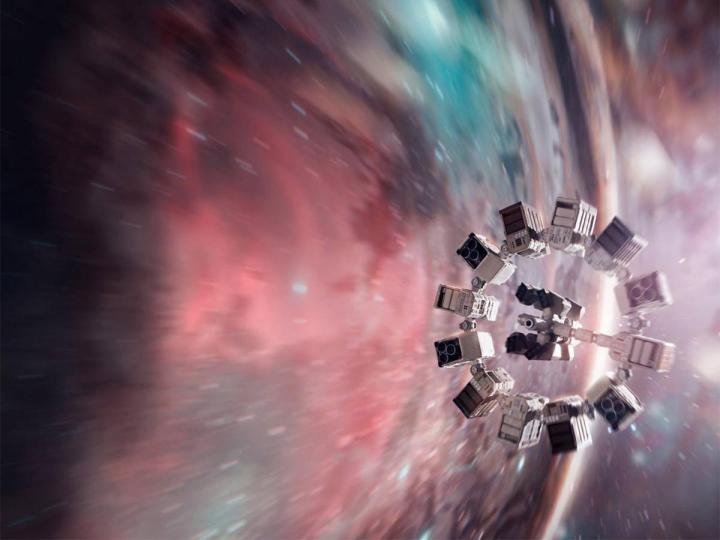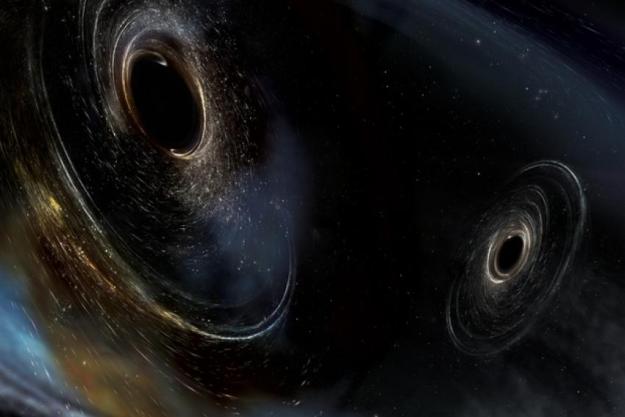
As Wired reports, at the center of these breakthroughs was astrophysicist Kip Thorne, acting as an advisor to director Christopher Nolan. Renderings of “unprecedented accuracy” were generated from Thorne’s notes and equations, renderings that created a glowing halo effect rather than the conventional rings that the scientists had expected to see appearing.
Thanks to these highly complex computer-generated effects — some single frames took as much as 100 hours to render — Thorne was able to see the effects of a black hole on the surrounding space in ways that hadn’t been understood before. He says he’s in the process of publishing two articles based on the findings of Interstellar and the Double Negative special effects staff, who wrote a completely new rendering program for the project.
“I never expected that,” Thorne told Wired. “[CGI supervisor] Eugénie just did the simulations and said, ‘Hey, this is what I got.’ It was just amazing. This is our observational data, that’s the way nature behaves. Period.” Interstellar opens on November 7 and stars Matthew McConaughey, Anne Hathaway, Jessica Chastain, Bill Irwin, Ellen Burstyn and Michael Caine in an intergalactic race against time to save mankind from extinction.
[Poster image courtesy of Paramount Pictures]
Editors' Recommendations
- NASA 360-degree video shows what it’s like to plunge into a black hole
- Stunning image shows the magnetic fields of our galaxy’s supermassive black hole
- Scientists want your help to search for black holes
- This peculiar galaxy has two supermassive black holes at its heart
- Swift Observatory spots a black hole snacking on a nearby star


